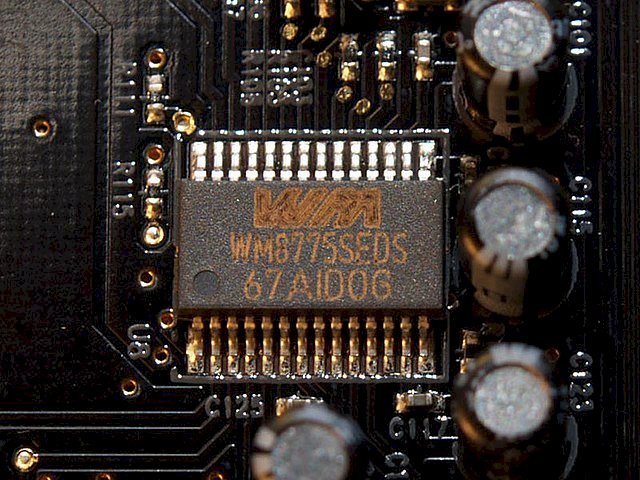Role of ADC in Electronic Devices (A Guide)

Analog-to-digital converters, or ADCs, are key components in many electronic devices. They help devices interact with the world around us by converting real-world signals like sound or temperature into digital data. This data can then be processed, stored, or analyzed by digital systems. ADCs are widely used in everything from medical and industrial equipment to phones and computers.
What is ADC?
An ADC is a type of electronic circuit that converts analog signals into digital signals. Analog signals, such as sound, are constantly changing, while digital signals are composed of fixed values that a computer can easily read. With ADC, devices can sense and respond to things happening in the real world.
Why do devices use ADC?
The primary job of an ADC is to convert signals from the real world, such as sound or light, into a digital format that devices can process. Here's why ADCs are so important in various devices:
Collecting data from sensors: ADCs (Analog-to-digital converters) help sensors in devices collect real-world data. Temperature sensors, light sensors, and more all rely on ADCs to produce information that the device can use.
Audio and video processing: Audio and video devices use ADC to capture and process sound and images. For example, in an audio system, an ADC converts sound waves into digital files, making it possible to edit, store, or transmit the sound. Cameras use an ADC to convert light into pixels, allowing digital recording.
Industrial and Medical Devices: ADCs are essential for monitoring and controlling things like temperature, pressure, and flow in industrial and medical devices. In medicine, they play a role in devices such as ECGs that track heart signals, helping doctors get accurate readings.
How does ADC work?
ADCs convert analog signals into digital signals through a three-step process: sampling, quantization, and encoding.
Sampling: This step takes snapshots of the analog signal at set intervals. The more frequent the snapshots (sampling rate), the better the digital version of the original signal.
Quantization: Quantization means assigning a specific digital value to each snapshot of a signal, converting a simple analog signal into a series of fixed points.
Encoding: Finally, each quantized point is translated into a binary number, allowing digital systems to read and process the data.
Different types of ADCs, such as successive approximation ADCs or sigma-delta ADCs, offer unique advantages in speed, precision, and cost, making each suitable for specific applications.
ADCs in signal processing and control systems
ADCs are important in systems that need to accurately measure and control variables. For example, they allow robots and automated systems to precisely monitor temperature, movement, or other factors. In IoT (Internet of Things) devices, ADCs help collect environmental data, allowing the devices to detect and respond to conditions in real-time.
Discrete Circuits highlight the role of high-quality ADCs in these systems to ensure stable and accurate data for effective device operation.
ADCs in power management
ADCs also support power management by monitoring voltage and current levels in circuits. They help devices like smartphones and laptops optimize battery life by keeping track of how much power is used. In renewable energy, ADCs help monitor solar panels and wind turbines and adjust to environmental changes, ensuring efficient energy production.
Role of ADC in Analog Circuit Design Services
In analog circuit design services, ADCs are used to convert real-world signals into a format that digital systems can read. This makes it possible to create devices that respond to their surroundings. For example, in embedded systems, ADCs allow devices to monitor things like light or temperature and respond accordingly, making the technology more adaptive and smarter.
Discrete Circuits recognize the importance of reliable ADCs in modern electronics. Through our analog circuit design services, we ensure accurate and efficient signal conversion for industries that require high-quality data interpretation.
Choosing the right ADC
When choosing an ADC, factors such as resolution, sampling rate, and power consumption are essential. A higher-resolution ADC captures more detail, while a faster sample rate is ideal for high-speed signals. For example, audio and medical devices may require higher-resolution ADCs for greater accuracy. However, these features can also increase power consumption and costs, so finding a balance is important.
At Discrete Circuits, we help our customers choose the ADC that meets their needs while balancing cost, accuracy, and power consumption.
What's Your Reaction?















